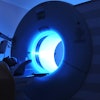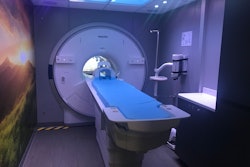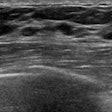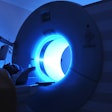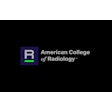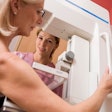Despite imaging referrals being frequent in a free clinic setting, less than half of referral submissions resulted in completed appointments, suggest findings published March 18 in Clinical Imaging.
A team led by Mensur Koso, MD, from the Columbus Free Clinic in Ohio found that onsite imaging services led to more successfully completed imaging than offsite services. Also, patients who marked “Unknown” for race/ethnicity identification and language preference were least likely to have successful completion of their referral.
“Efforts to improve referral success rates for our population, based on our observed experience, are critically needed,” the Koso team wrote.
Research continues exploring which targeted efforts can most effectively address patient barriers and improve provider awareness with the goal of achieving more equitable access to imaging services.
Underserved populations who may rely on charitable services like free clinics face more barriers than others. Koso and colleagues investigated how these barriers affected their practice environment. They evaluated imaging referral completion rates in their urban free clinic for underserved patients, including associated factors.
The free clinic offers services for eight imaging modalities, including the following: x-ray, ultrasound, mammography, CT, MRI, dual-energy x-ray absorptiometry (DEXA), echocardiogram, and radioactive iodine uptake test (RAIU).
Final analysis included 882 referrals submitted between 2017 and 2022 for 629 unique patients. These referrals had a successful completion rate of 48% (n = 424).
Of the modalities included in the study, ultrasound had a completion rate of 59%, followed by 45% for x-ray and 37% for mammography.
Onsite imaging services, mainly point-of-care ultrasound (POCUS) and mobile mammography, led to more successfully completed imaging with a 77 % combined success rate, compared to offsite services (p < 0.0001).
Patients who reported “Unknown” for their race/ethnicity identification and language preference were least likely to have successful completion of their referral (p < 0.0001).
Finally, the factors that were significantly associated with successful referral outcomes included year, race/ethnicity, and modality (p < 0.005).
The study authors suggested that point-of-care and mobile imaging services should be increased in free clinic settings to improve imaging access and care. They added that mobile mammography and POCUS had financial advantages for patients that other modalities did not, which may have played a part in the high success of both modalities.
The authors also highlighted that dedicated patient navigation services may help address disparities in follow-up care among patient populations.
“Offering real-time, on-site imaging services, patient navigation services, robust financial assistance programs, and dedicated resources to overcome related barriers to completion of imaging referrals may improve access to imaging services in clinics such as ours,” they wrote.
The full study can be found here.


